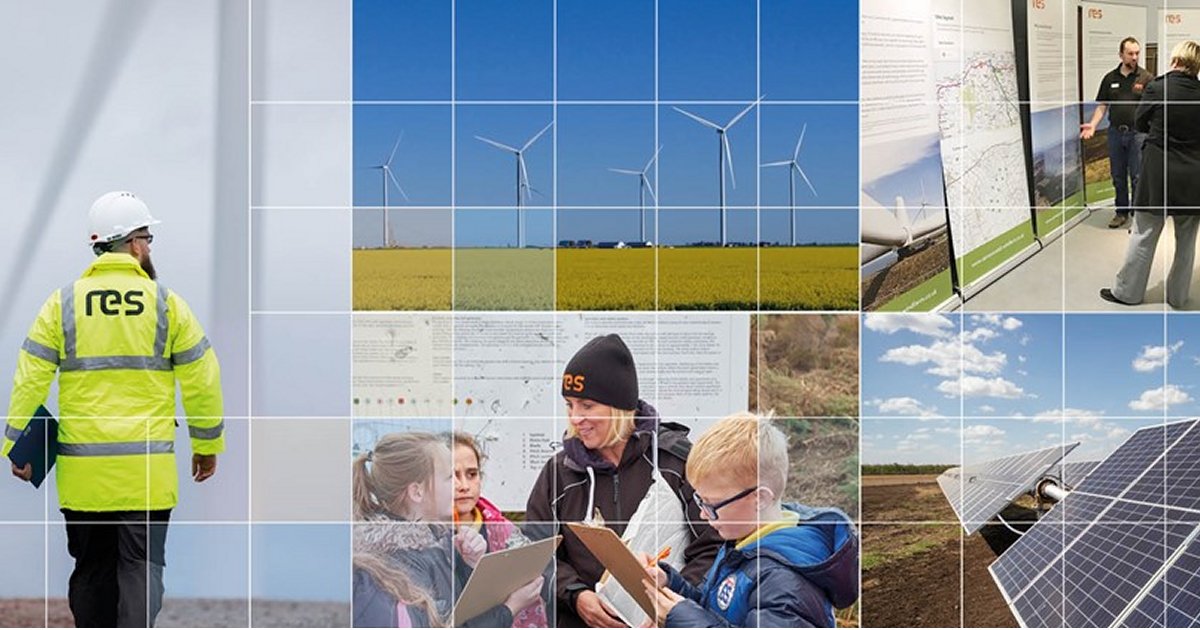
There’s been a recent update in relation to a proposed huge clean power project for north-west Victoria.
In August last year UK-headquartered RES unveiled plans for Watta Wella Renewable Energy Project, which is to be located around 16 kilometres north east of Stawell. It’s actually three separate but co-located projects.
- Watta Wella Wind Farm: a capacity of approximately 376 MW. At this stage, it would include up to 47 wind turbines spread over 5,200 hectares. But the wind farm would only occupy 2% of the total land area, which extends over 15 freehold properties.
- Watta Wella Solar Farm: solar power generation capacity of approximately 85MW across 170 hectares.
- Watta Wella Battery Energy Storage Facility: a 400MW / 1200MWh energy storage facility covering approximately 10.5 hectares.
The overall site, predominantly currently used for grazing and cropping activities, was chosen in part due to its proximity to Bulgana Substation. The substation is being upgraded to cater for a 220kV double circuit overhead line from Bulgana to a new terminal station north of Ballarat.
Watta Wella Renewable Energy Project Benefits
- RES says the wind farm aspect alone will generate enough clean electricity to supply the equivalent of 190,000 Victorian homes. Based on 4,681 kWh annual household electricity consumption (Source: AER), that works out to 889,390,000 kilowatt-hours annually (889.39 GWh).
- Annual output for the solar farm aspect wasn’t mentioned, but a very rough guess is north of 112,000,000 kilowatt-hours (112 GWh). Bi-facial solar panels are to be used (but that may change), which unlike a conventional solar panel capture light from both sides.
- Hundreds of full-time equivalent jobs during construction.
- Up to 23 direct full-time equivalent jobs while in operation.
- A community benefit program will be established to share some revenue from the Project with surrounding communities.
- Minimal impact on existing farming activities.
So, Where’s Watta Wella At?
RES were originally expecting to lodge an Environmental Effects Statement (EES) referral for the project in September 2021, with a planning application to follow in the final quarter of last year. But renewable energy developers tend to be incredibly optimistic with timelines initially.
The EES referral was eventually lodged with the Victorian Government’s Department of Environment, Land, Water and Planning (DELWP) in August this year.
In its December update, RES says while the Victorian Minister for Planning determined the project doesn’t require an EES, it will be subject to certain conditions and RES need to prepare an Environmental Report focusing on several aspects. That report will need to be accepted by the Minister before a planning permit application can be made.
Furthermore, the Minister determined Watta Wella Renewable Energy Project will need formal assessment and approval under the EPBC Act. The Environment Protection and Biodiversity Conservation Act 1999 is triggered when a project has the potential to have significant environmental impacts.
At this stage, RES says it is shooting for submitting a planning application in mid-2023. Assuming all goes well, construction will commence in late 2025 or early 2026. It’s expected the solar farm and battery storage elements will take 18 months to construct and the wind farm aspect two years.
You can find out more about the Watta Wella Renewable Energy Project here.

 RSS - Posts
RSS - Posts



Speak Your Mind